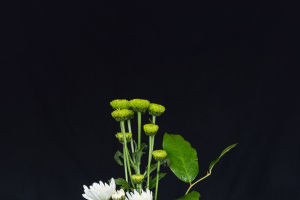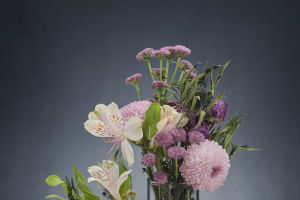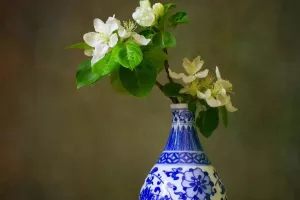Echeverias
Echeverias are one of the common succulent plants. Their leaves are short and tight and are full of juice inside. They like sufficient light. Echeverias come from Mexico and are also called “Mexican girl”. The red leaf tips have a lovely charm like a shy girl.
Echeverias are usually easy to raise. Give the plants sufficient light and control the temperature. The more sufficient light, the brighter their color will be. If there is not enough light, their leaves will change from tight to spread out, and the color will gradually turn white.
Echeverias does not have high requirements for soil. As long as the soil is loose and has good air permeability, they can grow. If the soil has poor air permeability, it will easily lead to rotten roots.
Spring and autumn are the main growing seasons of Echeverias. At this time, it is not necessary to deliberately control the water as in summer and winter. Echeverias should be watered once a week during its peak growth period. However, if it is rainy, they should also be transferred indoors in time to avoid rotten leaves caused by ponding. Watering the Echeverias is generally based on the principle of “not drying no watering”. When watering, it should be thoroughly watered. When the temperature is low in winter, the watering amount should be controlled. If it is lower than 3 ℃, stop watering and keep the soil dry.
The suitable temperature for Echeverias to grow is 10-25 ℃. In winter, the temperature should be controlled at about 10 ℃ and sufficient light should be given to them; If the temperature is high in summer, ventilation should be taken. If the temperature is higher than 35 ℃, cooling measures should be taken in time. Spray some water around them or on the ground to improve the humidity in the air.


